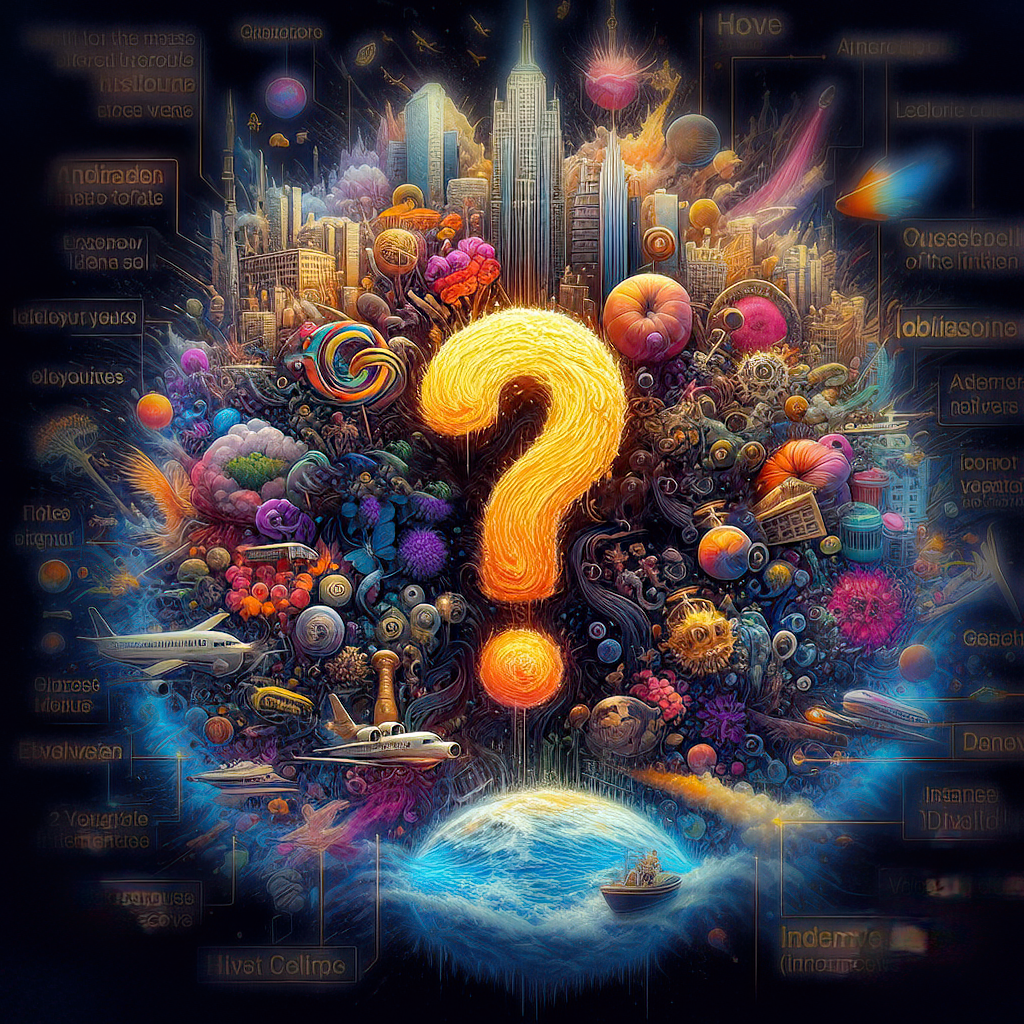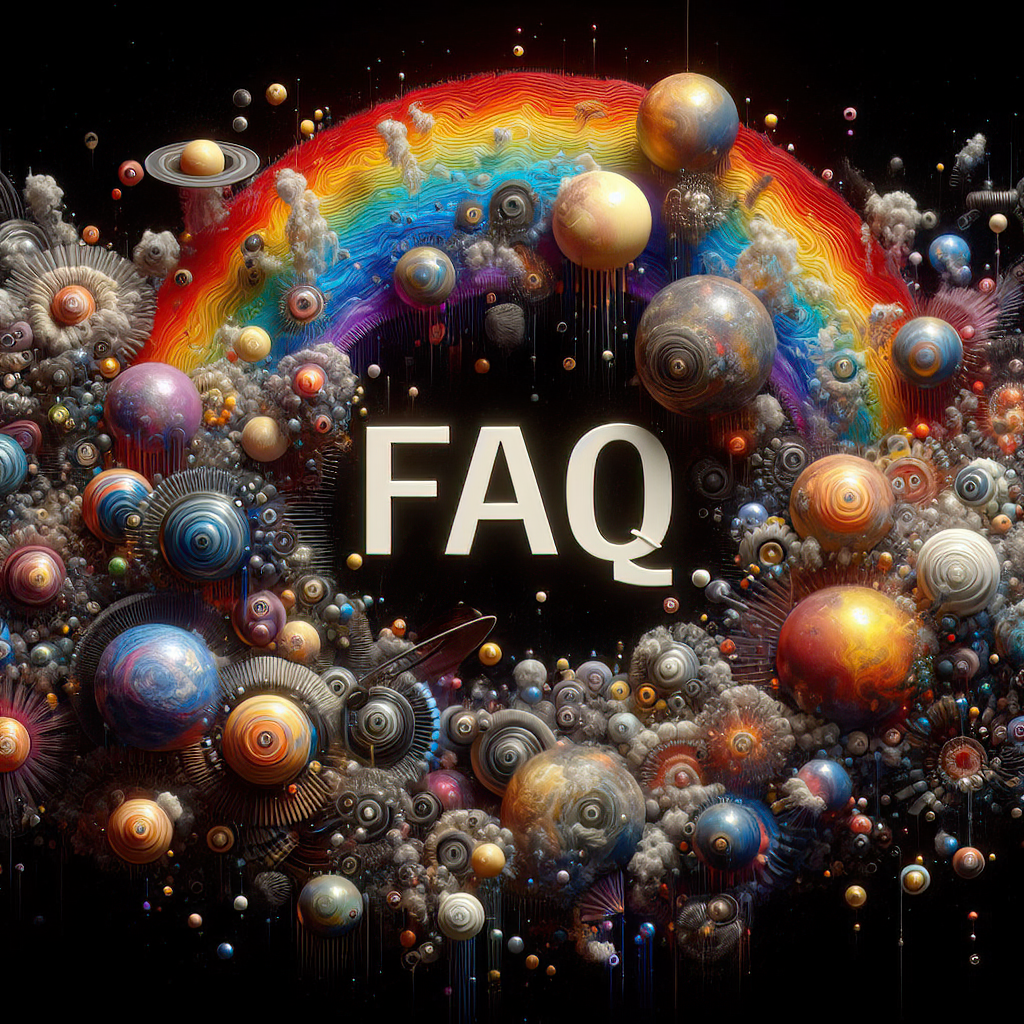
by Bill Tiepelman
The Intersection of Writing and Cinematography
The Intersection of Writing and Cinematography: Framing Your Scenes Like a Director As writers, we are often told to "show, don't tell." But what does that actually mean? It’s about creating vivid, immersive scenes that play out in the reader's mind like a movie. And who does this better than directors? Borrowing techniques from cinematography can elevate your writing, helping you craft more dynamic, visually engaging, and emotionally resonant scenes. In this blog, we’ll explore how thinking like a director can transform your storytelling. From framing and lighting to pacing and transitions, you’ll discover how to approach your scenes with a cinematic lens. Why Writers Should Think Like Directors Directors use a mix of visual and emotional tools to guide their audience through a story. As a writer, you can adopt similar techniques to enhance your storytelling. Here's why it's worth thinking like a director: Enhanced Visualization: Framing your scenes like a movie helps you focus on what the audience (or reader) sees, hears, and feels. Heightened Drama: Cinematic techniques like lighting and perspective can amplify the emotional impact of key moments. Memorable Atmospheres: Thinking cinematically helps you build vivid settings and moods that linger with readers long after they’ve closed the book. Ready to direct your scenes? Let’s break down the core techniques. 1. Framing: The Writer’s “Camera” In filmmaking, framing determines what the audience sees in a shot. As a writer, your words are the camera. You decide whether to zoom in on a character's trembling hands or pan out to reveal an army on the horizon. Framing directs the reader’s focus and creates perspective. For example: Close-up: “Her fingers trembled as she clutched the photograph, her breath hitching with every beat of her heart.” Wide shot: “Beneath the golden glow of the setting sun, the endless expanse of the battlefield stretched out before her, dotted with the silhouettes of weary soldiers.” Ask yourself: Where do I want the reader’s eye to go? What details are most important to the scene’s emotional or narrative impact? 2. Lighting and Mood Lighting is one of the most powerful tools in a director’s arsenal, and writers can use it too. Describing light (or the absence of it) can instantly set the tone of a scene. Bright lighting: “The morning sun spilled through the curtains, painting the room in soft golds and yellows, a promise of new beginnings.” Low lighting: “The single bulb flickered overhead, casting long shadows that danced along the damp, cracked walls.” Consider how the interplay of light and shadow reflects your scene’s mood. Is it warm and inviting, or cold and ominous? Using light creatively can make your descriptions pop and evoke stronger emotions. 3. Motion and Movement Directors use camera movement—like tracking shots or zooms—to convey energy and guide the audience’s eye. In writing, you can replicate this effect by describing action dynamically. Static moment: “The assassin stood motionless, his silhouette blending into the shadows of the alley.” Dynamic movement: “The camera raced down the alley, trailing the assassin as he vaulted over crates and darted through narrow passages.” Play with pacing and transitions to mimic motion. A fast-paced sentence with short, sharp words conveys urgency, while long, flowing descriptions create a sense of calm or grandeur. 4. Perspective: Whose Eyes Are We Seeing Through? In cinematography, the perspective or "camera angle" determines how the audience experiences a scene. As a writer, point of view (POV) serves the same purpose. Consider experimenting with angles: Overhead/omniscient: “From above, the town looked like a patchwork quilt, its streets winding like rivers through the maze of rooftops.” First-person/internal: “The heat of the crowd pressed in on all sides, and I could barely hear my own thoughts over the roar of voices.” Switching perspectives can create intimacy or distance, depending on what the scene requires. 5. Transitions and Scene Breaks Directors use cuts, fades, and transitions to move between scenes or highlight contrasts. Writers can achieve similar effects through clever transitions. For example: Hard cut: “The explosion shattered the quiet. Seconds later, all that remained was smoke and silence.” Soft fade: “As the sun dipped below the horizon, the stars began to blink to life, one by one.” Experiment with different styles of scene transitions to match the tone of your story and maintain a cinematic flow. 6. Soundscapes: Describing the Invisible Sound is a key part of any cinematic experience, and you can use it to immerse your readers. What does the scene sound like? Is it eerily silent or filled with overlapping noises? Incorporate auditory details to add depth. Example of silence: “The room was so quiet that she could hear the faint hum of the refrigerator in the next room.” Example of noise: “The market buzzed with life—vendors shouting, carts clattering, and the sharp laughter of children weaving through the crowd.” Describing sound engages another sense, making your scene more vivid and immersive. Final Thoughts: Direct Your Scenes Like a Pro By thinking like a director, you can transform your writing into a visual and emotional experience that sticks with readers. Use framing to guide their focus, lighting to set the tone, and movement to bring energy to your scenes. With these tools, your story will feel like a movie playing in your readers' minds. So the next time you’re crafting a scene, step into the director’s chair. Action! Transform Your Writing with Professional Visual Storyboarding Services Why settle for imagining your scenes when you can see them come to life? Visualizing your story like a director doesn’t just enhance your writing—it brings clarity, energy, and inspiration to your creative process. Whether you’re crafting immersive scenes, planning a screenplay, or refining your book’s world, professional visual tools can make all the difference. At Unfocussed Photography and Imaging, we offer services designed to help writers elevate their storytelling with cinematic precision. Custom Storyboards: Collaborate with our experts to map out your scenes in dynamic visual detail. Scene Visualization: Let us create tailored visuals of your key moments to inspire your writing and refine your ideas. Worldbuilding Art: Enhance your storytelling with stunning illustrations of your settings, characters, and more. Don’t just write your story—direct it. Bring your vision to life with visuals that captivate and inspire. Explore our services today and take your storytelling to the next level!







